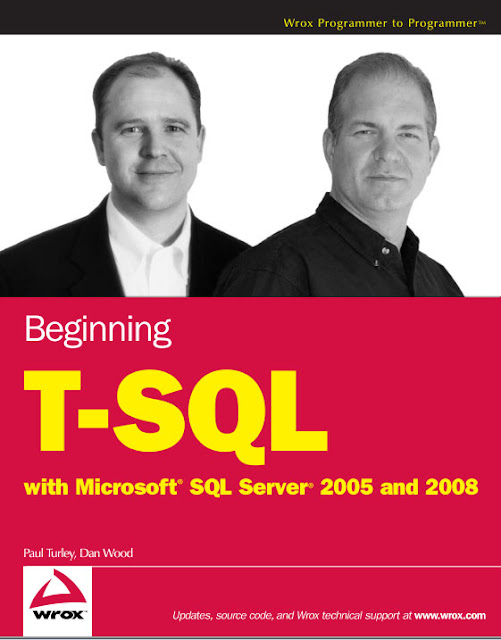If you want to know how to design a USB peripheral then this book is for you,
or if you want to know how to communicate with USB peripherals from the
applications you write. These are some of questions the book answers:
• What is USB and how do peripherals use it to communicate with PCs?
There's a lot to the USB interface. Learning about it can be daunting at
first. This book's focus is on the practical knowledge you'll need to com-
plete your project.
• How can I decide if my project should use a USB interface? Maybe your
design isn't suited for USB. I'll show you how to decide whether it is. If
the answer is yes, I'll help you decide which of USB's speeds and transfer
types to use.
• How do I choose a USB controller chip for my peripheral design? Every USB
peripheral must contain an intelligent controller. There are dozens of
controller chips designed for use in USB peripherals. In this book, I com-
pare popular chip families and offer tips on how to decide, based on both
your projects needs and your own background and preferences.
• How do applications communicate with USB peripherals? To communicate
with a USB peripheral, a PC needs two things: a device driver that knows
how to communicate with the PC's USB drivers and an application that
knows how to talk to the device driver. Some peripherals can use drivers
that are built into Windows. Others may require a custom driver. This
book will show you when you can use Windows' built-in drivers and how
to communicate with devices from Visual Basic and Visual C++ applica-
tions. You'll also find out what's involved in writing a device driver and
what tools can help to speed up the process.
• How do USB peripherals communicate? USB peripherals typically use a
combination of hardware and embedded code to communicate with
PCs. In this book, I show how to write the code that enables Windows to
identify a device and load the appropriate device driver, as well as the
code required for exchanging data with applications.
• How do I decide whether my peripheral can use bus power, or whether it
needs its own supply? A. big advantage to USB is that many peripherals can
be powered entirely from the bus. Find out whether your device can use
this capability and how to manage power use, especially for devices that
use battery power.
• How can I be sure that my device will operate as smoothly as possible for its
end users? On the peripheral side, smooth operation requires understand-
ing the specification's requirements and how the device can meet them.
In the PC, proper operation requires a correctly structured information
(INF) file that enables Windows to identify the device and software that
knows how to communicate with the device as efficiently as possible.
This book has information and examples to help with each of these.
Pages:519
File size:3.59MB




























